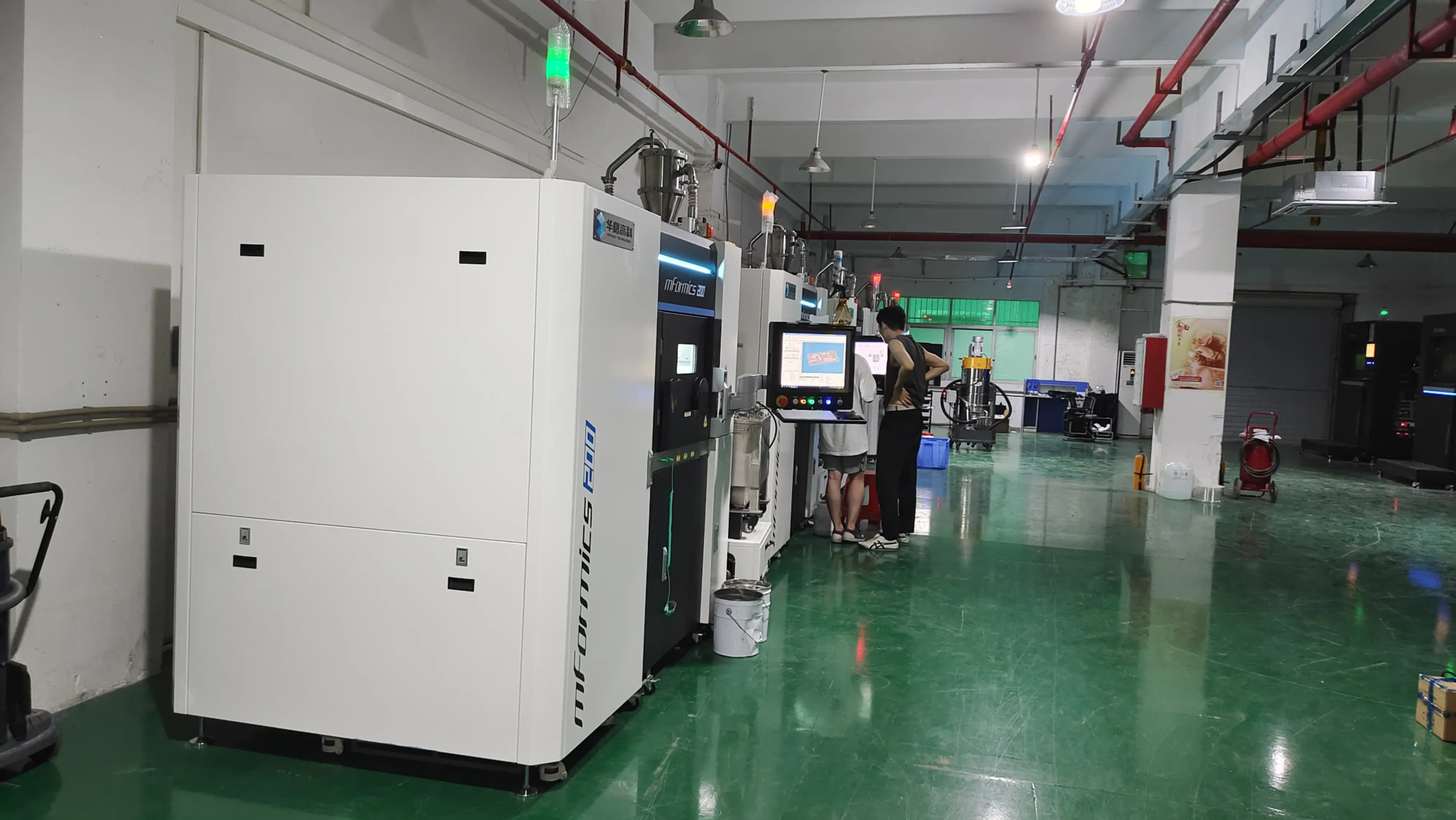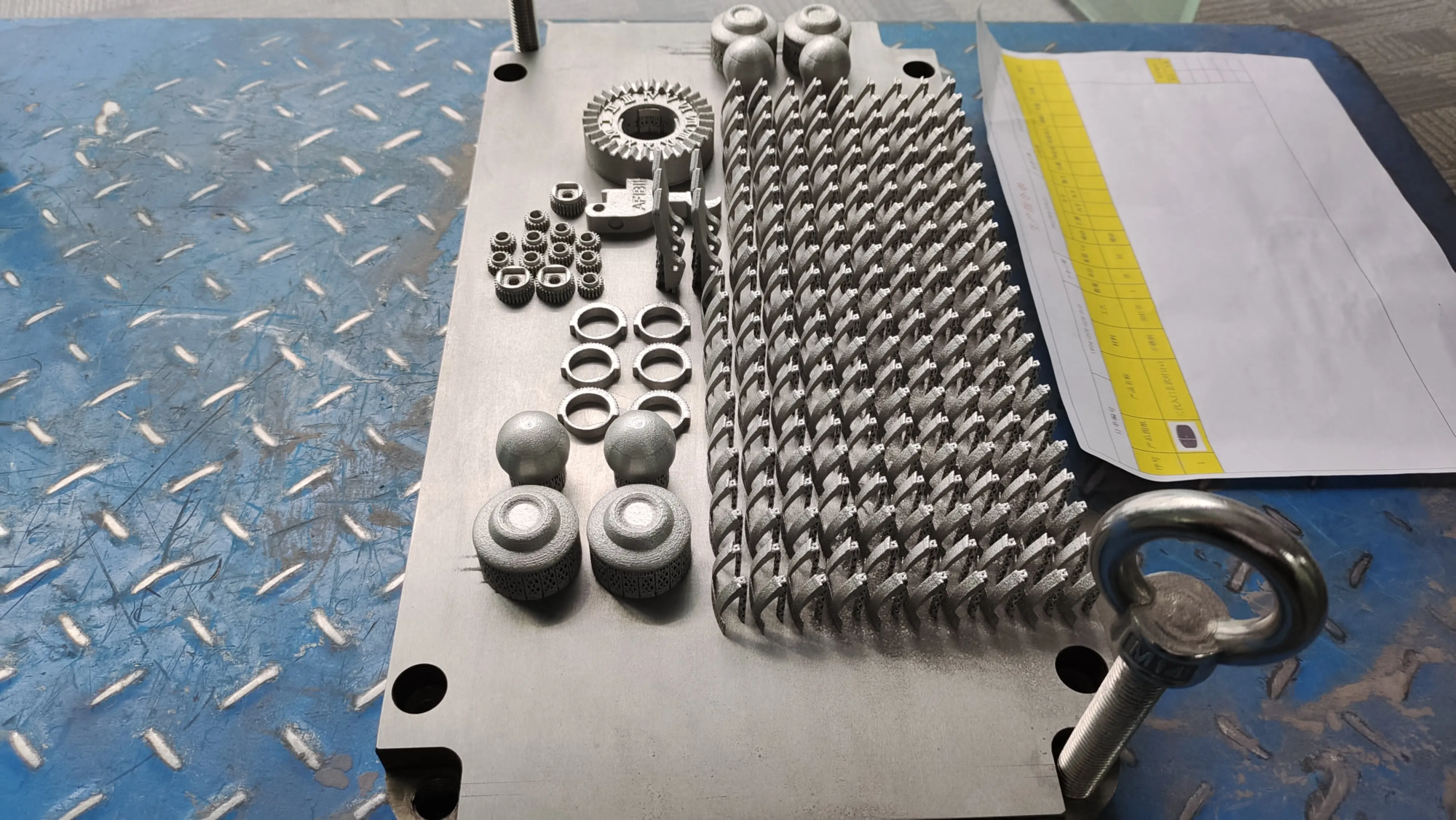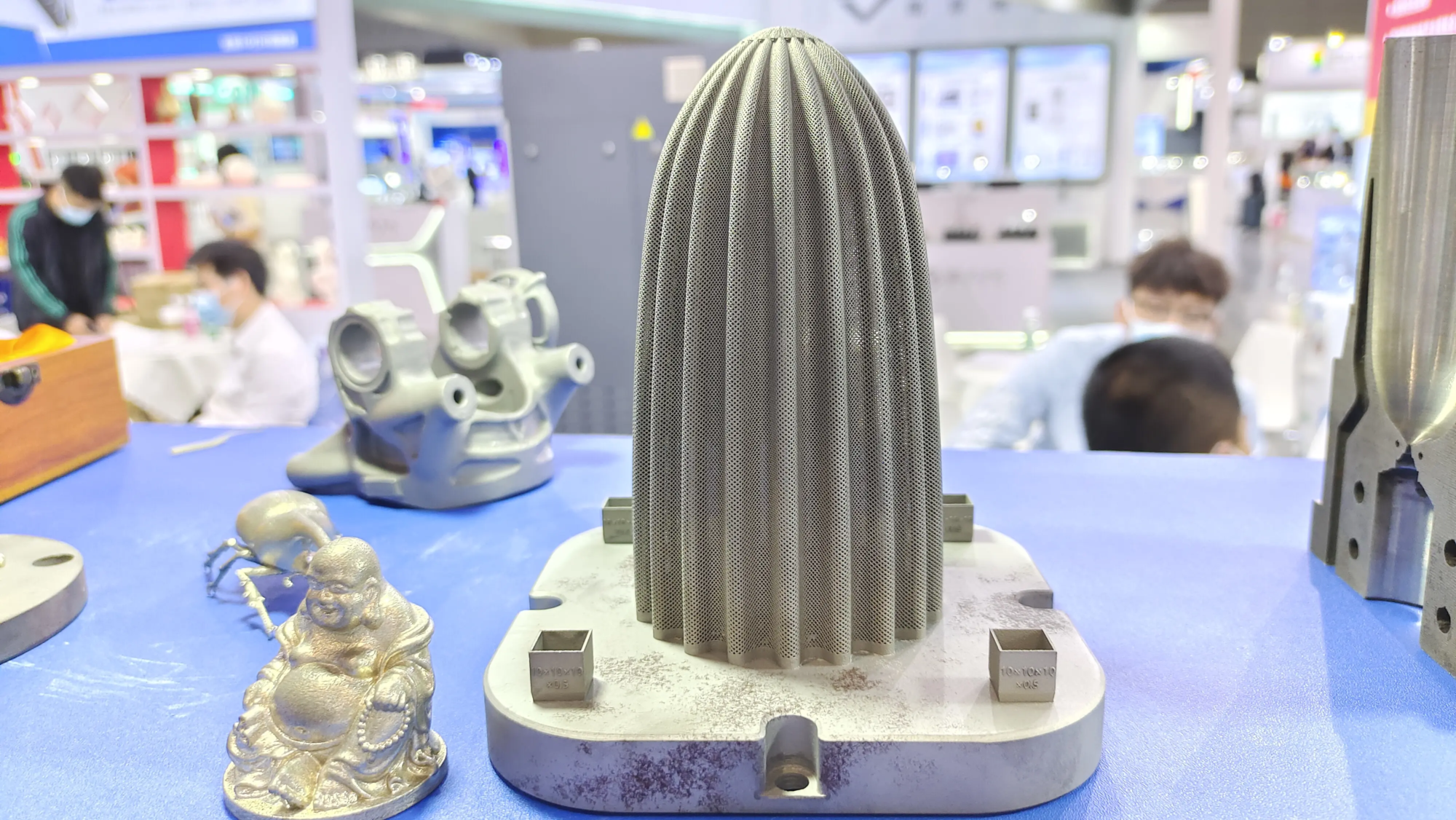On June 15, 2025, according to the Resources Library, the Fraunhof Institute of Laser Technology (ILT) in Germany developed a new 3D printing technology to directly generate dense and porous areas in metal prints, realizing that the structure is “breathable” without post-tramentary.
This method based on the powdered laser fusion process (LPBF) makes it possible to simultaneously print dense and permeable areas in the same metallic part, and even to obtain a gentle transition. More specifically, by modifying the printing parameters, researchers can accurately control the porosity of local areas, allowing gas or liquid to “go freely” in and outward, while other areas still maintain high resistance and compactness.
The ILT team took the lead by applying this technology to the hydrogen electrolytic battery. This type of equipment is often made up of several layers of complex components, requiring precise fluid control at different levels. The integrated permeation zones by printing only once can not only reduce parts and save materials, but also considerably reduce manufacturing costs.
In addition to the hydrogen energy field, other potential applications include: heat exchangers, filters, turbomachinery, tool manufacturing and chemical equipment, etc., which are particularly suitable for scenarios where fluid resistance and control are necessary.
Scientific visualization: let the bubbles “speak”
What is even better is that the effect of “visualization” of this technology is also exceptional. In the next “Laser World Photonics Expo” in Munich, Germany, ILT will display a metal panel sinking into the water, with constantly emerging air of porous areas which form a curtain of light bubble, allowing the public to intuitively feel the effect of “controlled penetration”.
Technology has verified the coherence of pores thanks to CT scan, and researchers now optimize technology so that users can define specific penetration parameters for different regions.
It should be mentioned that this technology was not based on new expensive equipment suitable for small and medium -sized businesses. In the future, it should be promoted in the fields of energy, aviation, manufacturing, etc., providing more metal parts printed in 3D which are both carriers and breathable “.





